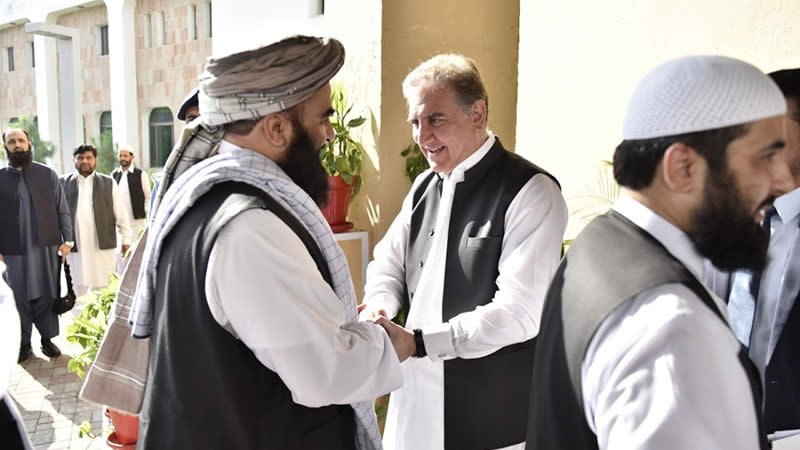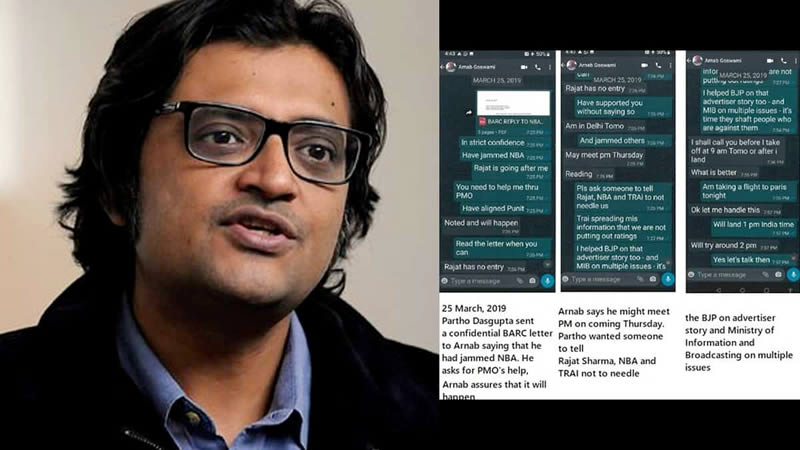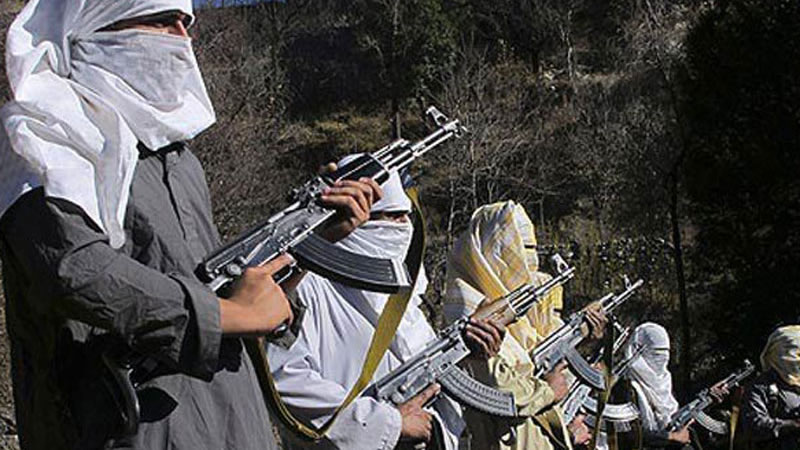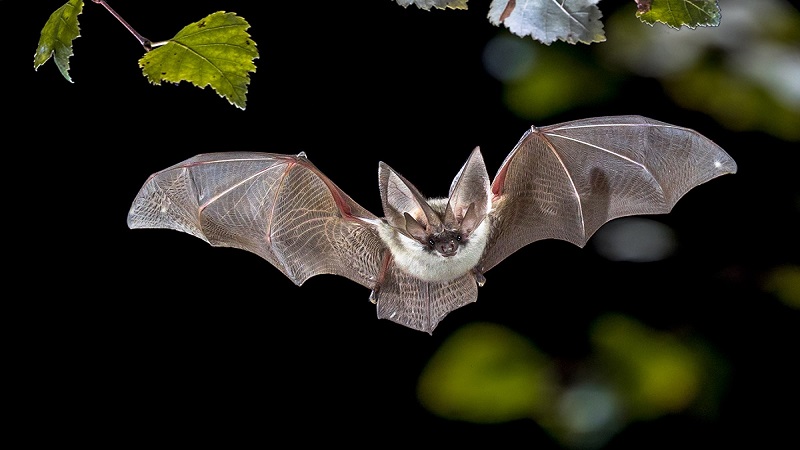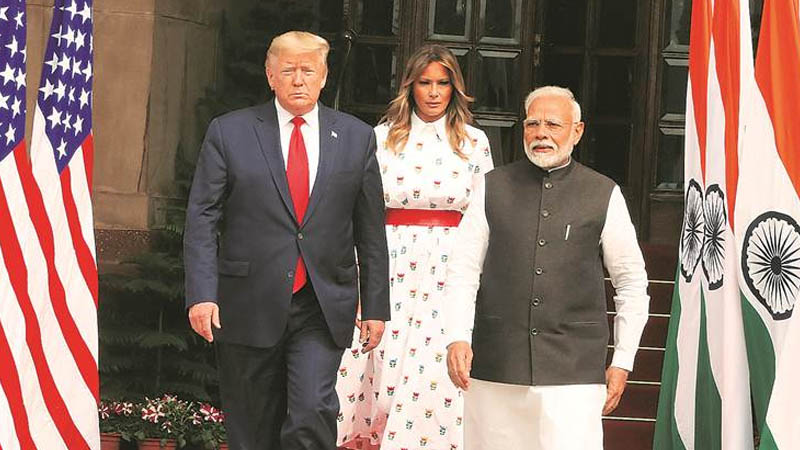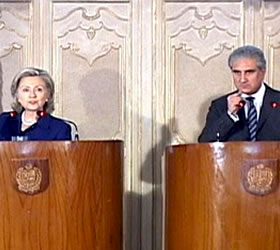 EDITORIAL (October 23, 2010) : The successful completion of a decade of CHASNUPP-1 operation on Thursday comes indeed as a happy tiding to the people of Pakistan, particularly at a time when good news is in short supply. Not only the operation of the 325MW power plant was trouble-free throughout this period, its availability factor also remained very high, confirming Pakistan’s scientific and technical prowess to undertake more such complex ventures.
EDITORIAL (October 23, 2010) : The successful completion of a decade of CHASNUPP-1 operation on Thursday comes indeed as a happy tiding to the people of Pakistan, particularly at a time when good news is in short supply. Not only the operation of the 325MW power plant was trouble-free throughout this period, its availability factor also remained very high, confirming Pakistan’s scientific and technical prowess to undertake more such complex ventures.
The achievement at Chashma is not the first of its kind; Pakistani nuclear engineers have added 10 years of extended life to the KANUPP, in Karachi, by upgrading the reactor, all by themselves. Thirty-five years of experience of running nuclear power plants, highly trained manpower and a well-established safety and security culture rightly then justify the Pakistan Atomic Energy Commission target to produce the 8,800MW by the year 2030.
Speaking on the occasion, the Director-General of Strategic Plans Division, Lieutenant General Khalid Ahmad Kidwai (rtd) praised the achievement of the plant operation, especially efforts ‘to indigenise the plant’s operation and maintenance’.
In the meanwhile, work on CHASNUPP-2 is almost complete and the reactor is likely to come on stream next month. Throughout the installation of these reactors, the donor country, China, has been fully co-operative, transferring nuclear technology – unlike Canada, which left the KANUPP starving for fuel after India conducted its first Pokhran nuclear test in 1974.
But even with additional contribution by the second unit at Chashma included, the total nuclear generation would be about 1,100MW, which is not more than 4 percent of 21,450MW installed electricity production capacity. Given that the addition of hydel power generation in a significant quantity is hostage to political obstinacy and thermal generation is both costly and environmentally polluting, nuclear energy comes out as the most viable option.
Thanks to the Pak-China all-encompassing friendship and co-operation, Beijing is willing to give Pakistan another nuclear power reactor, probably twice the size of the one now in operation. What China requires as a condition is fuller compliance with the International Atomic Energy Agency (IAEA) and other international safeguards, and that is no problem as all such safeguards are effectively in place on our operational plants.
Pakistan as a coalition partner of the United States expects similar nuclear assistance from Washington also. Since the US has made it available to India – also a non-signatory to the Nuclear Non-Proliferation Treaty (NPT), like Pakistan – there is no genuine reason to say no.
The propaganda that Pakistan’s nuclear facilities can be taken over by extremists was put paid by President Obama himself some time back when on the eve of his departure for Prague, for the bilateral reduction of nuclear weapons agreement with Russia, he conceded the complete security of Pakistan’s nuclear arsenal.
If the low-toned, non-committal comment by Richard Holbrooke to the visiting Pakistani journalists is any indicator, President Obama’s perception doesn’t seem to have been imbibed by his administration. Of course, Ambassador Holbrooke admits “it’s one of the many things we have talked about frankly, in private with our friends in Pakistan”. But now the shoe is on the other foot; says he in the same breath: “We have asked (from Pakistan) for more information on the Chinese-Pakistan arrangement to see how they fit in (their agreement, under which China will give Pakistan a bigger nuclear reactor) with international regimes”.
In the same media encounter, Richard Holbrooke also point-blank rejected the possibility of the United States playing any mediatory role in resolving the Kashmir dispute. With Foreign Minister Qureshi appeasing American public by criticising Iran’s nuclear programme and the Pakistan’s nuclear gun, General Kidwai, missing from the entourage, the media could not get more than this from Holbrooke.
In fact the media attempt at probing this issue was not entirely misplaced. Supposedly the meetings in Washington were part of the Strategic Dialogue and if these miss out civilian nuclear co-operation or trivialise the Kashmir dispute as Pakistan’s strategic concern, they might be anything but not a strategic conclave.
No wonder some retired Pakistani diplomats have described the Pak-US relationship as ‘transactional’, confined to time-bound co-operation in the fight against terrorism. But, on the other hand, with India, the United States has established a strategic relationship that is durable and tends to negatively impact Pakistan’s strategic interests. No question, America’s concern over international terrorism is genuine and it is an international obligation for all member-states to join hands in the fight against this curse.
But there is no logic in Pakistan getting short-changed as a partner. Unless Washington creates balance in its offer and demand, the people of Pakistan remain suspicious of American policy in the region, even the government is fully co-operative and collaborative. Not too infrequently, democracies present situations where wide perceptional mismatches obtain between the government and public over the content and conduct of the foreign policy – Brecorder


